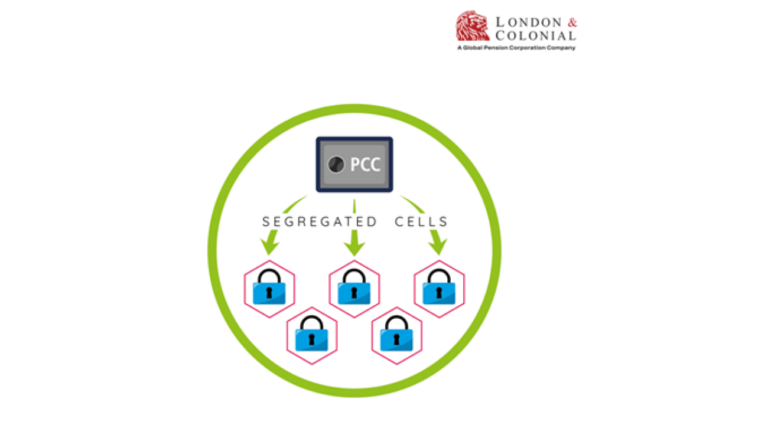Tax planning is generally more complicated for high-net-worth individuals and whilst their concerns are similar to others, they can be magnified. In this article, we explore the planning opportunities that exist for high-net-worth clients.
Whilst it is not unusual for high-net-worth individuals to continue to work longer when approaching retirement, they still need to ensure that they have enough income to maintain their standard of living not just in retirement but also for later life planning.
Weighing up inheritance tax against giving up control too soon is always a balancing act. And bringing your children’s partners into the mix can be stressful. Transferring wealth during lifetime, whilst inheritance tax efficient, can mean that some of the wealth transferred is lost on the divorce or death of a child.
Generally, high-net-worth individuals are more risk averse to ensure that their investments work hard but just like anyone as their life journey’s goals change their planning conversations alter.
When having conversations with high-net-worth individuals you need to understand their wealth, where it is held and how it will be dealt with on their death. Is the client asset rich but cash poor? Has the individual written a will? In a 2022 survey by Brown Shipley they found that more than 2/5ths of wealthy Britons have not made a will. Where a will is present, ensuring that it reflects the individual’s current wishes is paramount.
Whilst a difficult conversation, they also need to consider who they want to manage their affairs if they lose capacity. Bringing family members into the planning process early and having open conversations will help them understand their loved one’s goals, which hopefully can prevent conflicts and challenges later. As an adviser this can also help you forge new relationships ensuring the continued management of the wealth of the family.
With increased focus on the transfer of intergenerational wealth, it is crucial to:
1) understand and assess the value of the different products and services available,
2) understand the reasons behind an individual’s needs, and
3) identify who might need to be involved in any decision making.
Individual Savings Accounts
Individual Savings Accounts (‘ISAs’) are tax-efficient during lifetime as there is no tax to pay on either the growth within the fund or the income that is taken. However, one thing to be mindful of is that on death the value of an individual’s ISA portfolio forms part of their estate for inheritance tax (‘IHT’) purposes.
ISAs were introduced in 1999 and based on the maximum ISA allowance being invested each year, a total of £289,560 would have been invested, which on average, has grown to approximately £434,000. Depending on an individual’s circumstances on death this might be subject to 40% inheritance tax.
So, what can be done where your client is in the decumulation stage, has a sizeable ISA pot, and an IHT problem but still wants to keep access just in case.
LCA’s Flexible Life Annuity
The money could be withdrawn from the ISA tax free and invested into a Flexible Life Annuity (‘FLA’), from LCA. This is a unit-linked purchased life annuity which is designed to provide an income for your client. However, the income is flexible which means it can be increased, decreased, paused, and resumed depending on your client’s needs.
Where income is withdrawn from the FLA the client may have some tax to pay. Under the FLA a tax-exempt sum is calculated at the start of the annuity. This is the amount of annuity that can be taken tax-free each year. In any year if the annuity payments exceed the tax-exempt sum, then the excess is treated as savings income and potentially liable to UK income tax. However, where the annuity payments are less than the tax-exempt sum the unused amounts may be carried forward to future years. So, by managing where income is taken, as an adviser you can ensure that the income that your client takes from the FLA is equal to or below the tax-exempt sum, meaning there is no income tax liability.
The FLA doesn’t have a death benefit which means that as soon as a premium is paid into the FLA it is outside of the estate for IHT purposes. However, as a protected cell company LCA must create ‘Cells’ in which to segregate and protect each of their policyholders’ assets. What this means is that when a client purchases one of LCA’s products the underlying assets that the lump sum is invested in sit within their individual Cell. Where a FLA has been purchased, LCA use the assets that sit within the Cell to pay the income. Remember the value of those assets can go down as well as up.
On your client’s death the FLA ceases but the assets will remain within the Cell. When each client purchases an FLA, they also have the option to purchase a preference share in the Cell containing their policy. The preference share gives the holder of the share, at the time of the client’s death, access to the assets remaining in the Cell. If the client held the preference share for more than two years, at their death, as LCA is a trading company, potentially 100% business relief is available. Meaning there will be may be no IHT payable.
LCA’s Flexible Pension Annuity
The industry has seen some high-net-worth individuals increasing their pension contributions since the changes to the lifetime allowance were announced in April 2023. April 2024 saw the introduction of two new allowances (the lump sum allowance and the lump sum and death benefit allowance) which resulted in individuals with substantial pension pots reviewing their pensions. Whilst there is no one size fits all, crystallising pension assets could safeguard against future changes in pension legislation.
An individual could crystallise their pension assets and purchase a Flexible Pension Annuity (‘FPA’), from LCA. The FPA is a lifetime annuity which, just like the FLA, provides a flexible income for the client. The level of income can be any amount from zero upwards as long as the income does not make the value of the FPA fall below 10% of the amount invested. As the FPA is a lifetime annuity the income is treated as pension income and taxable at their marginal rate of UK income tax.
Just like the FLA, the FPA client has the option to purchase a preference share in the unique Cell set-up for their FPA meaning that on their death any remaining value that is sitting within the Cell will be available for their loved ones.
Where your clients have sufficient income to support their standard of living, they could consider gifting the income from the FPA to their loved ones. Under the normal expenditure out of income exemption the gift is exempt as soon as it is made provided the client is left with sufficient income to maintain their usual standard of living.
As the exemption is claimed on death it is best to document a client’s income and expenditure to support the claim that the gifts have come from surplus income.
Summary
As both the FLA and FPA can invest in a wide range of permitted investments, they allow clients to use their existing investment strategy to maintain a consistent risk profile. They can also help with estate and succession planning.
For more information on the benefits of flexible annuities please visit our product web pages below.
This article is based on London & Colonial Assurance PCC Plc’s understanding of applicable UK tax legislation and current HM Revenue & Customs practice, as of November 2024, which could be subject to change in the future.





